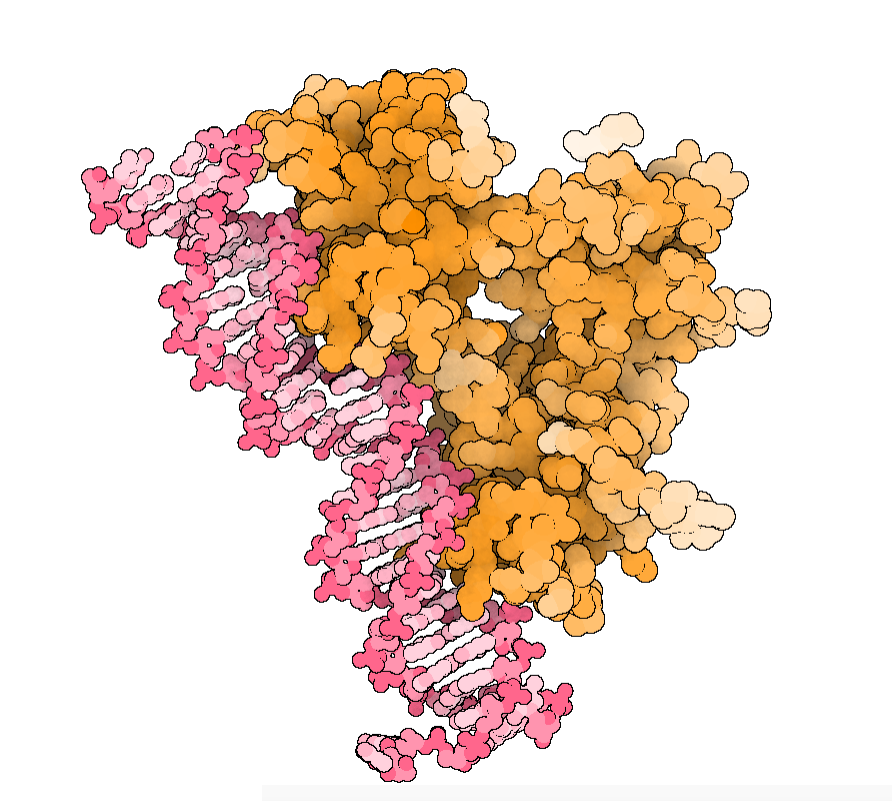Paul Ehrlich, the founder of chemotherapy, quotes: "Corpora non agunt nisi fixata" meaning "Compounds do not affect unless they bind to the target". In order for a drug to have therapeutic effect, it must be bound to its target in the body. The primary purpose of rational drug design is simple: to determine whether the drugs planned to be synthesized bind to their target or not.
Accurate detection of drug-target interactions is essential to improve the therapeutic properties of a drug. It is possible to make this determination with computational chemistry methods before the drug is synthesized. Moreover, with modern computational chemistry techniques, the interaction of the target macromolecule can be investigated with millions of drug candidates.
Whatever your purpose is in drug research, computational chemistry methods work in synergy with experimental approaches to reach better science by monitoring the state of the drug, target and their environment at the atomic level. Simulating the drug with its target reveals the potential of never-before-studied candidates. Simulating it with the environment allows us to obtain information about toxicity or formulation.
At Meddenovo, these simulations are performed using a wide range of computer chemistry methods such as molecular mechanics, molecular dynamics, quantum mechanics, molecular docking, and binding energy calculations. In addition to the powerful and successful computational chemistry software currently in use, codes to overcome the limits of these programs are developed by the Meddenovo team on project basis.

